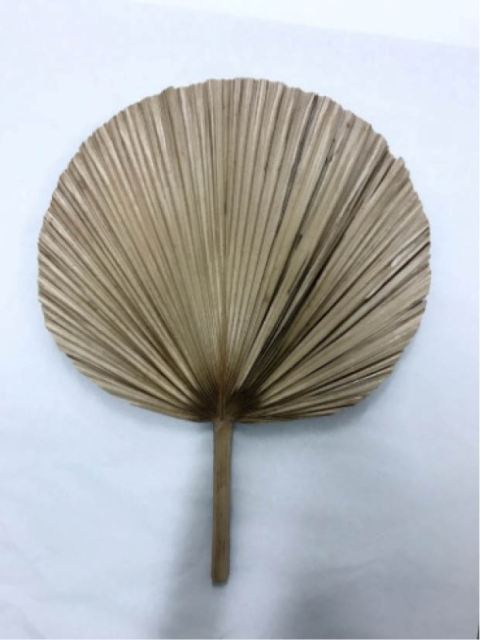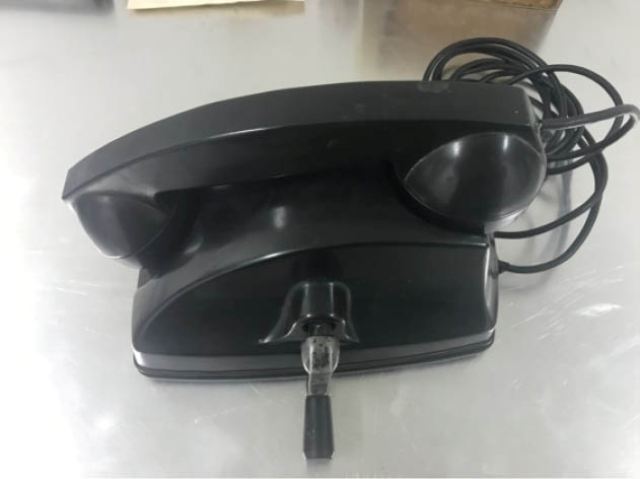Exhibition The story behind the souvenirs introduces 120 documentations and artifacts, focusing on two main contents: the memorabilia which highlight Uncle Ho’s moral example; and Thua Thien Hue and souvenirs about Uncle Ho. The objects displayed at the exhibition are mostly original artifacts, especially 22 original artifacts in Uncle Ho's memorabilia collection. The original souvenirs seem to still carry the soul and warmth of the time when he was still living. Still here are two clogs Uncle Ho would wear on his casual walks; the staff stick from the years in the Viet Bac war zone; the fan made from palm leaves in the Presidential Garden; ordinary typewriter; pens, pencils, rulers, the stone to block papers, which he used for daily work; exercise kits which helped him to maintain his health ... In addition to the ordinary life artifacts, there are also manuscripts of famous works such as “Walk the road and tell the story”, the work "Modify the working style" published for the first time in 1948 .... Every souvenir about him is a story about the moral example of Ho Chi Minh, which is pure, simple, and wholehearted for his country and people.
President Ho Chi Minh was very simple and economical in his daily life. From eating to living style, he was like an ordinary man. The palm-leaf fan is one of Uncle Ho's simple, casual living utensils during the hot summer days. A fan made by a comrade of Uncle Ho from a palm leaf in the Presidential Garden. The palm leaf was cut short, dried and squeezed into a fan. Uncle Ho loved this fan and usually left it at the head of his bed when the weather was hot. Though simple, the artifact shows the sentiments of the housekeepers who lived with Uncle Ho.

A simple palm fan of Uncle Ho
There is a story that recounts as such: In the early days returning to the capital, Uncle Ho stayed in the house of an electrician who served in the former Governor Residency. His room was narrow so it was very hot during summer. Uncle Ho often used a fan made of palm leaves. Seeing Uncle Ho was living in such a cramped space, the Foreign Ministry bought an air conditioner and installed it in his room when he was out for work. When he arrived home, Uncle asked the guard: "Our house is ‘smelly’ today!” (when installing the air conditioner, the staff used a type of dry perfume for room aroma). Knowing that they could not hide anything from Uncle Ho, the service comrades had to explain the reason for the air conditioner. Uncle Ho said nothing, but in the evening he said: "You should bring this air conditioner to the wounded brothers in Hang Bot. When visited them today, I saw that they were very hot. I do not yet need it.”
Uncle Ho's fountain pen
In his daily work, President Ho Chi Minh used the "Cuu Long" pen made by Hong Ha Stationery Factory. Through study of books, newspapers, manuscripts, typed documents, and through the comparison of pen and ink strokes of documents at the Ho Chi Minh Museum archives, it has been concluded that many manuscripts and writings by President Ho Chí Minh were written with this purple "Cuu Long" fountain pen.
With this pen, President Ho Chi Minh also signed many edicts of medals for units and individuals who made outstanding achievements and brave deeds in combat, in production, and in study. Uncle also used this pen to write important things, such as things to remember in his little notebook to keep track of domestic and international news, and things which needed to be done.
The phone Uncle Ho used in his stilt house
In order for Uncle to be directly and regularly informed of the fighting situation in both the South and the North, and directly and timely guide our troops and people to perform the tasks, and at the request of the President’s Office, the Communication Command had set three telephones in the stilt house. The telephones were located in the left-hand corner of the first floor of the stilt house, where President Ho Chi Minh lived and worked.

The phone used by Uncle Ho
The black plastic phone in this exhibition is one of these three telephones, installed in 1966, and were regularly used by him to work directly with comrades in the Operations Department, General Staff.
The manuscript of “Walk the road and tell the story"
“Walk the road and tell the story" written by Ho Chi Minh under the pseudonym T. Lan was published in 13 issues of the People's newspaper, a spokesperson for the Communist Party of Vietnam from 10/5/1961 to 6 / 8/1961 (including some unpublishedissues). The Truth Publisher (now the National Political Publisher) also published this work in 1963. Many other publishers later reprinted the book.
This is a work by President Ho Chi Minh himself. But in order to appeal to readers, President Ho Chi Minh took the true context of the 1950 Border Campaign. President Ho Chi Minh told soldiers about his secret revolutionary activities during the period from his departure to find a way to save the country until the success of August Revolution (from 1920 to 1945).
The Vietnamese manuscript consists of 3 copies: the first was handwritten and edited by President Ho Chi Minh; the second was typed and edited by President Ho Chi Minh; the third was typed by the President’s Office and edited by President Ho Chi Minh, then sent to the newspaper. President Ho Chi Minh reusedthe blank sides of news pages, documents and calendars to write all pages of the first and second manuscripts.
The special feature of this collection is not just the original material written by Ho Chi Minh himself; but also that many of these original documents have no second copy.
These are just four of the 22 original souvenirs of President Ho Chi Minh presented at the exhibition ‘The story behind the souvenirs’; the spiritual, historical and scientific values brought by these souvenirs contribute to the success of propagation on learning and behaving mirroring the thought, morality and style of Ho Chi Minh at the present time.
By Hoang Lien